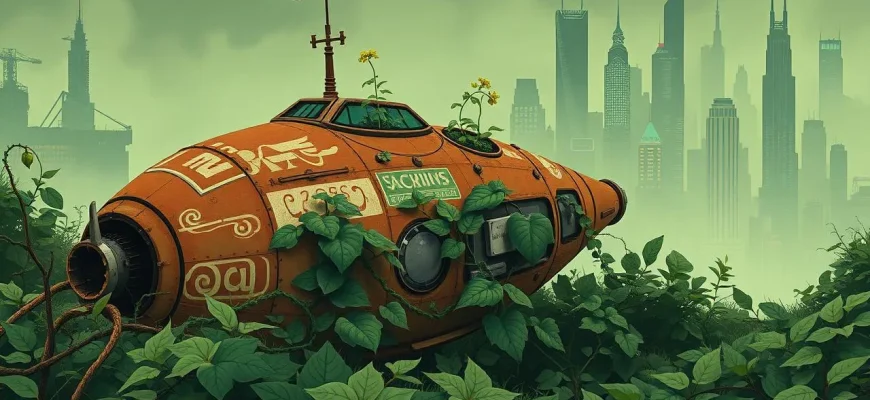Fancy a bit of green in your sci-fi? Here's a curated list of 10 films where plants aren't just part of the scenery; they're the stars of the show. Whether it's alien plants with a mind of their own or a post-apocalyptic world where flora has taken over, these films offer a unique twist on the genre. Dive into these cinematic gardens and discover the fascinating, sometimes terrifying, world of plant-based science fiction.
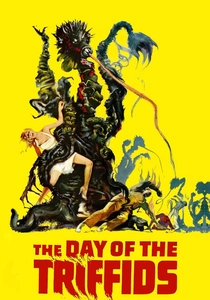
The Day of the Triffids (1962)
Description: In this classic adaptation of John Wyndham's novel, the world is overrun by carnivorous plants called Triffids, which can move and even communicate. It's a chilling tale of survival and the unexpected dangers of nature.
Fact: The film was remade in 2009 as a mini-series, but the original remains a cult classic. The Triffids were created using a combination of stop-motion animation and puppetry.
 Watch Now
Watch Now
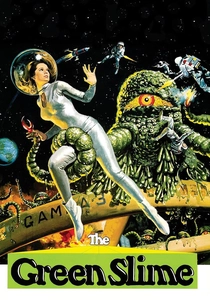
The Green Slime (1968)
Description: This Japanese-American co-production involves astronauts battling alien creatures born from a mysterious green slime on an asteroid. The creatures resemble plants in their growth and reproduction.
Fact: The film was released in both English and Japanese versions, with different actors dubbing the voices.
 Watch Now
Watch Now

Silent Running (1972)
Description: In this eco-conscious sci-fi, a lone botanist aboard a space freighter must protect the last remnants of Earth's plant life. It's a poignant exploration of humanity's relationship with nature.
Fact: The film features Bruce Dern and was one of the first to use computer-generated imagery for its special effects.
 Watch Now
Watch Now
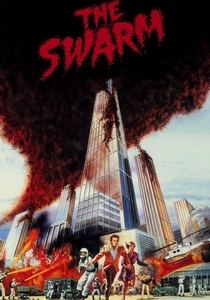
The Swarm (1978)
Description: While not entirely about plants, this disaster film features killer bees, which are essentially nature's pollinators gone rogue. It's a campy classic that explores the theme of nature's wrath.
Fact: The film was directed by Irwin Allen, known as "The Master of Disaster," and features an all-star cast including Michael Caine and Henry Fonda.
 Watch Now
Watch Now

Little Shop of Horrors (1986)
Description: This musical comedy-horror film features a man-eating plant named Audrey II, which grows larger with each feeding. It's a quirky, dark, and fun take on the dangers of unchecked ambition and the allure of fame.
Fact: The original 1960 film was shot in just two days. The 1986 version includes a famous alternate ending where the plant takes over the world.
 Watch Now
Watch Now
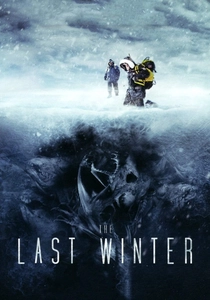
The Last Winter (2006)
Description: An oil company's drilling in the Arctic leads to strange phenomena, including the growth of an unknown plant species. This film delves into the consequences of environmental exploitation.
Fact: The film was shot in Alaska, and the eerie atmosphere was enhanced by the real-life isolation of the location.
 Watch Now
Watch Now
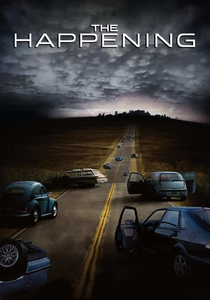
The Happening (2008)
Description: M. Night Shyamalan's thriller explores a mysterious neurotoxin released by plants, causing mass suicides. It's a unique take on nature's retaliation against human interference.
Fact: The film was shot in Philadelphia, and the scenes with the wind were created using large fans to simulate the eerie effect.
 Watch Now
Watch Now

The Ruins (2008)
Description: A group of friends on vacation in Mexico stumble upon an ancient Mayan temple covered in deadly, sentient vines. This film blends horror with sci-fi elements, showcasing the terrifying potential of plant life.
Fact: The film was based on a novel by Scott Smith, who also wrote the screenplay. The vines were created using a combination of real plants and CGI.
 Watch Now
Watch Now
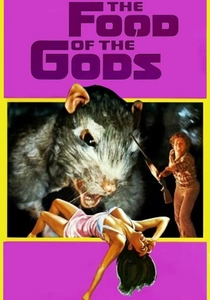
The Food of the Gods (1976)
Description: Based on H.G. Wells' novel, this film features a mysterious substance that causes animals and plants to grow to gigantic sizes, leading to chaos on a remote island.
Fact: The film was directed by Bert I. Gordon, known for his "giant creature" films, and features practical effects that were quite advanced for the time.
 30 Days Free
30 Days Free

The Venus Flytrap (1970)
Description: A scientist creates a giant, carnivorous plant that escapes and begins to terrorize the countryside. It's a B-movie classic that showcases the potential dangers of genetic experimentation.
Fact: The film was part of a wave of low-budget horror films in the 1970s, capitalizing on the public's fascination with science gone awry.
 30 Days Free
30 Days Free

